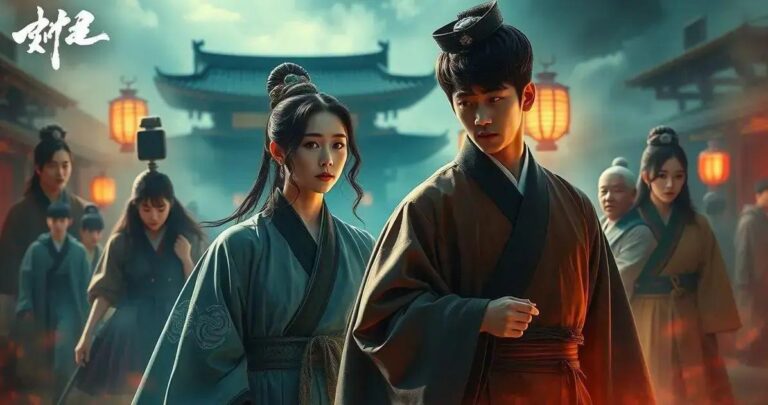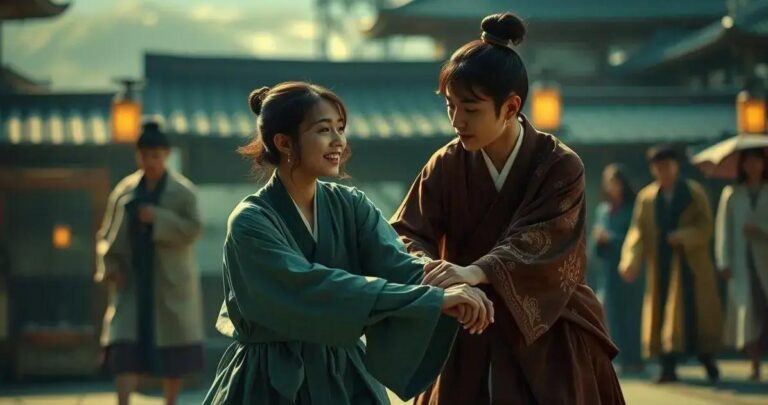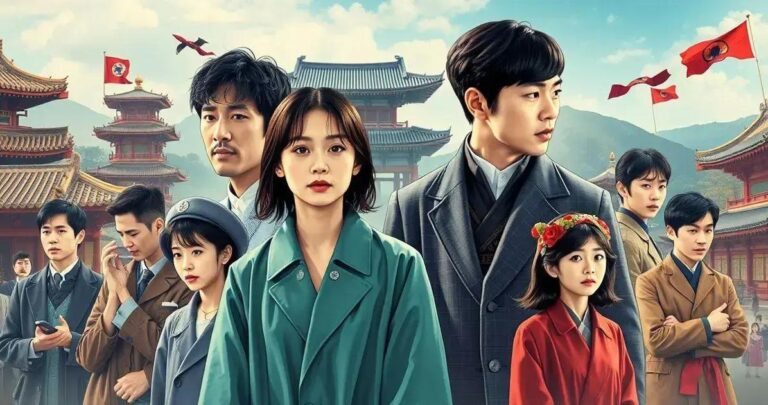Historical, Epic Drama: Unveiling Timeless Tales of Bravery and Intrigue
Advertisements
**Historical, Epic Drama** weaves stories that transport audiences to different times, blending fact and creativity. These dramas captivate by showcasing epic tales of heroism and intrigue. From the intricate costumes to the expansive settings, every detail promises an adventure in storytelling. Dive into the fascinating world where history and drama create unforgettable narratives, each frame meticulously crafted to enthrall. In this exploration, discover what makes these dramas stand out and why they remain timeless. The origins, narrative techniques, and the impact of accurate settings and costumes form the backbone of this epic genre.
The Origins of Historical, Epic Drama
The roots of Historical, Epic Drama can be traced back to ancient storytelling traditions. These tales have always aimed to convey grand narratives filled with valor and emotion. Early examples can be found in epic poems like The Iliad and The Odyssey, where heroes embarked on mythical quests that have shaped the way stories are told. These foundational works highlighted elements of struggle and triumph that are essential to the genre.
The Evolution of Epic Narratives
As societies evolved, so did their stories. Historical dramas began to incorporate real events, blending facts with fiction to craft narratives that enthralled audiences. The invention of theater brought these stories to life in a new form, with Shakespeare’s plays such as Henry V and Julius Caesar becoming benchmarks for combining history and drama. These works showcased the enduring power of epic stories to captivate and educate.
With the advent of film and television, the Historical, Epic Drama found a new platform. Cinematic techniques allowed for more elaborate storytelling, where lavish sets and costumes could convincingly portray different eras. Iconic films like Ben-Hur and Lawrence of Arabia set new standards for visual storytelling, pushing the boundaries of how history could be reimagined on screen.
Continuing Influence
Today, the genre remains a popular choice for filmmakers and viewers alike. Modern series and films continue to draw on historical sources to create compelling narratives that resonate with contemporary audiences. These dramas not only entertain but also provide insight into human experiences across cultures and epochs. Thus, the origins of this timeless genre highlight its capacity to adapt and remain relevant through changing times.
Key Elements in Crafting Epic Narratives
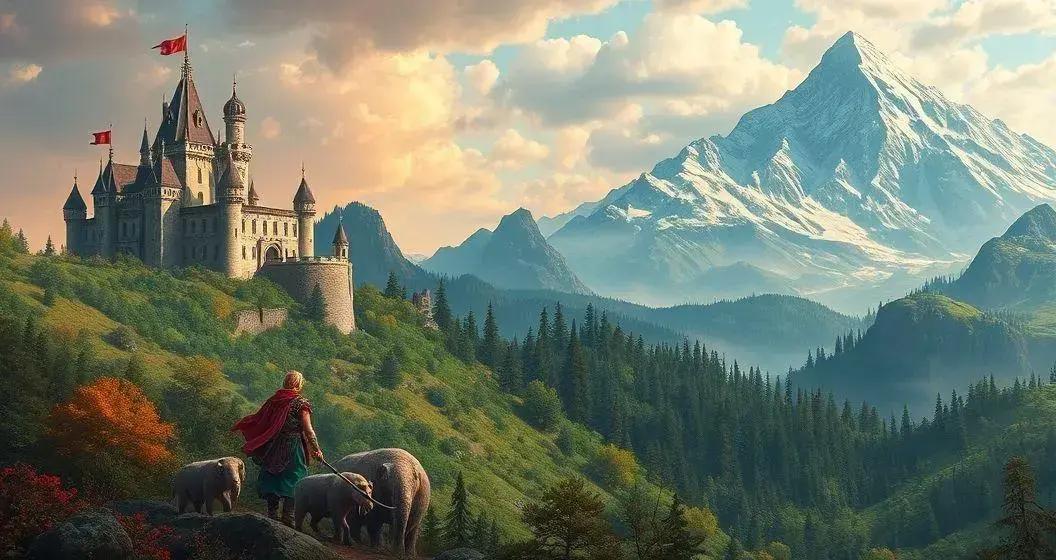
To construct a compelling epic narrative, storytellers must weave together several key elements. These components create a framework that captures the imagination and interest of audiences. One central element is the hero’s journey. This classic structure involves a protagonist who embarks on a quest, faces trials, and ultimately undergoes a transformation. It’s the backbone of many epic stories, providing a relatable arc that engages viewers.
Complex Characters
Characters are the heart of any story, and in epic narratives, they are particularly complex and richly developed. Heroes often have flaws and strengths that make them multidimensional and relatable. Their struggles and triumphs add depth to the story. Supporting characters also play vital roles, providing necessary contrast and interaction that enhance the plot.
Another crucial aspect is conflict. Whether it’s an internal battle within the hero or an external one against a formidable foe, conflict drives the narrative forward. This tension keeps the audience invested, eager to see how challenges will be overcome.
Expansive Settings
The setting serves as a backdrop for the drama to unfold, often featuring vast and breathtaking landscapes that become characters in their own right. These settings transport audiences to different eras or realms, enriching the narrative by adding layers of culture and history that ground the story in reality despite its epic scope.
Lastly, a successful epic narrative will incorporate universal themes such as love, honor, and sacrifice. These timeless motifs resonate with viewers regardless of the story’s historical context, creating an emotional connection that transcends the specifics of the plot. Together, these elements craft narratives that captivate and endure.
Famous Historical Epic Dramas Through Time
Throughout cinematic history, numerous historical epic dramas have left an indelible mark on audiences, offering grandeur and depth. One such landmark film is Ben-Hur. Released in 1959, it captivated viewers with its breathtaking chariot race scenes and an intricate tale of revenge and redemption set during the time of Jesus Christ. Its compelling narrative and visual brilliance earned it a staggering eleven Academy Awards.
Timeless Tales and Unforgettable Visuals
In 1962, Lawrence of Arabia emerged as another masterpiece, chronicling the complex life of T.E. Lawrence. Its vast desert landscapes and gripping story explored the themes of identity and the hero’s journey, renowned for its stunning cinematography and epic score.
The 1990s saw the rise of Braveheart, a film that painted the legendary story of William Wallace and his fight for Scottish independence. With its intense battles and emotional depth, the film won multiple Oscars and became a cultural touchstone.
Epic Dramas Continue to Resonate
In more recent years, Gladiator (2000), directed by Ridley Scott, revived the genre, telling the story of Maximus, a Roman general turned gladiator. The film’s gritty depiction of ancient Rome and its gripping storyline won it multiple awards and cemented its place in cinematic history.
Television has also embraced the epic drama form, with series like Game of Thrones offering sprawling plots and richly developed characters across an expansive fantasy setting. These works demonstrate the enduring allure of epic dramas, continuing to captivate and inspire audiences across generations.
The Impact of Costumes and Settings in Epic Dramas
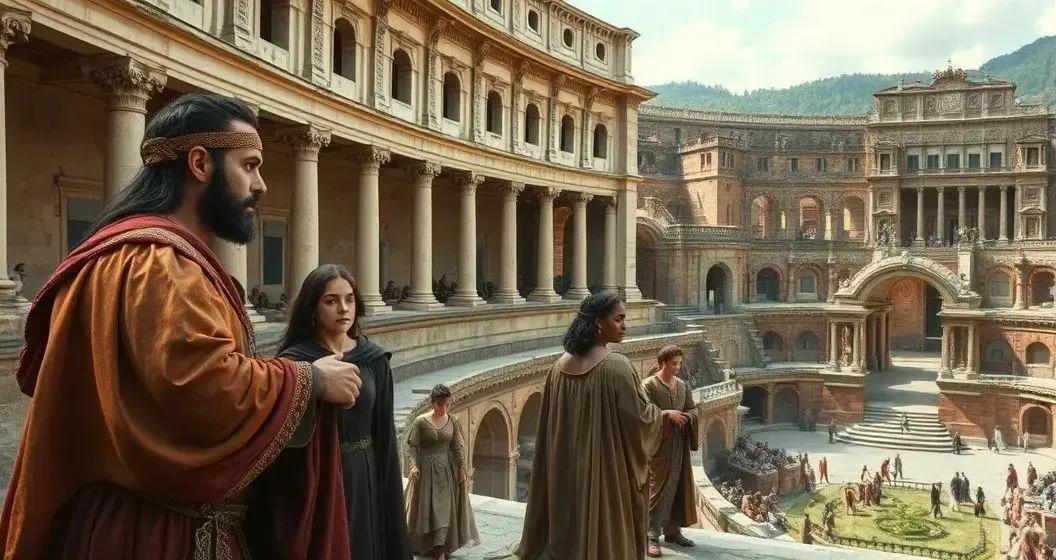
Costumes and settings are vital in crafting the immersive worlds of epic dramas. They serve not only as visual aids but as crucial storytellers themselves. The authenticity of costumes transports viewers to distinct eras, providing a tangible connection to the past. Intricate designs and fabrics reflect societal norms and personal status, adding depth to characters and their motivations.
Transformative Power of Settings
Settings, on the other hand, create the expansive backdrop necessary for these grand tales. From sprawling deserts in Lawrence of Arabia to the battles in ancient Rome depicted in Gladiator, the environment plays a vital role in narrative immersion. These settings are not just locations but living components that interact with the characters and help shape the plot.
The grandeur of a setting can highlight the scale of an epic drama, making audiences feel the immensity of the story. Real locations often enhance authenticity, while CGI and set construction offer limitless possibilities, recreating ancient worlds with meticulous detail.
Successful epic dramas achieve a delicate balance, where costumes and settings work together to enrich the narrative and elevate the audience’s experience. They provide context, evoke emotion, and transport viewers into the heart of the tale, ensuring that the drama resonates long after the credits roll.
Narrative Techniques Used in Historical, Epic Drama
In the realm of historical, epic drama, narrative techniques play a crucial role in creating compelling and immersive stories. One widely used approach is the non-linear narrative, where stories unfold in a sequence that is not strictly chronological. This can involve flashbacks or parallel storylines, adding depth to character development and enhancing the suspense by gradually revealing key plot points.
Character Arcs and Dialogue
Character arcs are central to epic dramas, with protagonists often undergoing significant transformations. These arcs are meticulously woven into the narrative, showcasing growth, moral dilemmas, and triumphs. The use of rich and authentic dialogue further grounds characters in their respective eras and settings, allowing the audience to connect with them on a personal level.
Another important technique is the use of symbolism. Symbols and motifs recur throughout the story to reinforce themes and emotions. These can range from objects of personal significance to larger thematic elements, such as a rising sun indicating hope or a journey signifying transformation.
Furthermore, many epic dramas utilize a multi-layered storyline which involves intertwining subplots that intersect with the main narrative. These subplots deepen the story and provide broader perspectives, enriching the overall tapestry of the epic.
How Historical Accuracy Shapes Epic Dramas
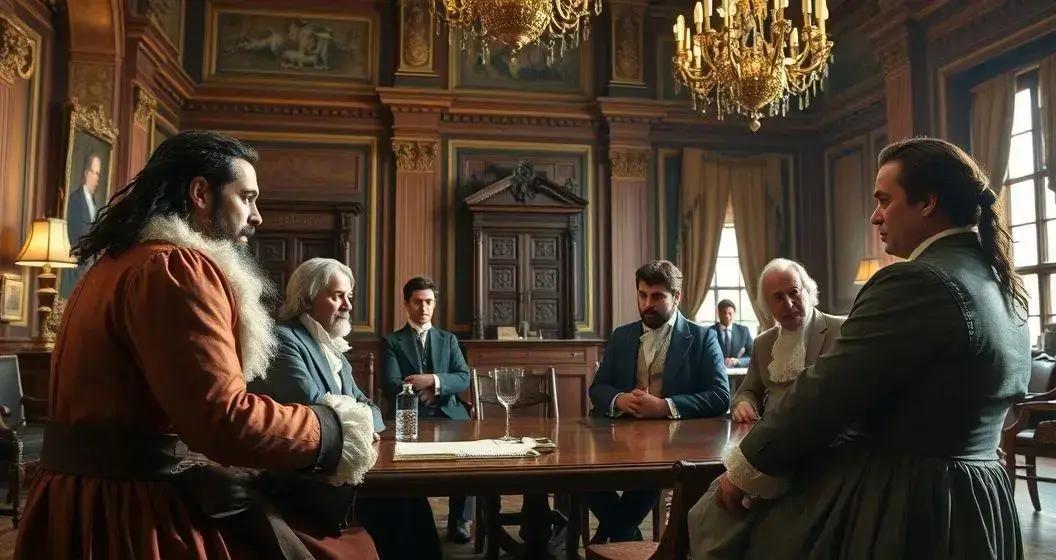
In historical, epic dramas, accuracy is pivotal, serving as the foundation upon which engaging narratives are built. Accurate depictions of events, figures, and cultural contexts lend authenticity to stories, enabling viewers to immerse themselves in the past. In doing so, these dramas bridge the gap between fact and fiction, offering narratives that feel both educational and entertaining.
Attention to Detail
Attention to detail in costumes, language, and settings enhances believability, allowing audiences to connect with the storyline. Realistic portrayals of historical events, like battles or diplomatic negotiations, underscore the stakes and tensions of the time. This not only enriches the storytelling but also respects the intelligence of the audience.
However, some level of artistic license is often taken to craft compelling narratives. By adjusting timelines or character relationships, filmmakers ensure that the main story arc remains engaging. Striking a balance between accuracy and storytelling is crucial, as it shapes the authenticity of the drama without compromising its entertainment value.
Successful epic dramas use historical accuracy as a canvas to paint vivid, compelling tales of intrigue and bravery. This approach allows them to resonate across generations, preserving stories that educate as much as they entertain.
The Lasting Appeal of Historical, Epic Drama
Historical, epic dramas continue to captivate audiences with their artful blend of fact and fiction. From the roots of ancient storytelling to modern adaptations, these narratives offer a window into the past while providing timeless entertainment.
Key elements such as rich character development, authentic settings, and intricate costumes transport viewers across time. The use of narrative techniques like non-linear storytelling and symbolism add layers of depth, ensuring that each tale resonates on multiple levels.
Accuracy plays a dual role in shaping these dramas, both grounding them in reality and allowing creative liberties to enhance engagement. This balance keeps stories compelling while respecting the real events and figures that inspire them.
Ultimately, the impact of historical, epic dramas lies in their ability to educate, entertain, and evoke emotion, ensuring their appeal endures for generations to come.

